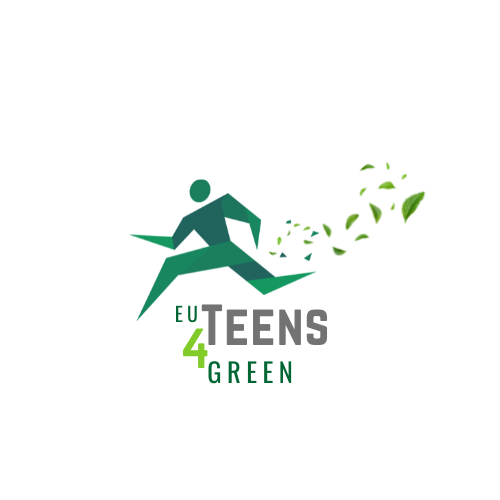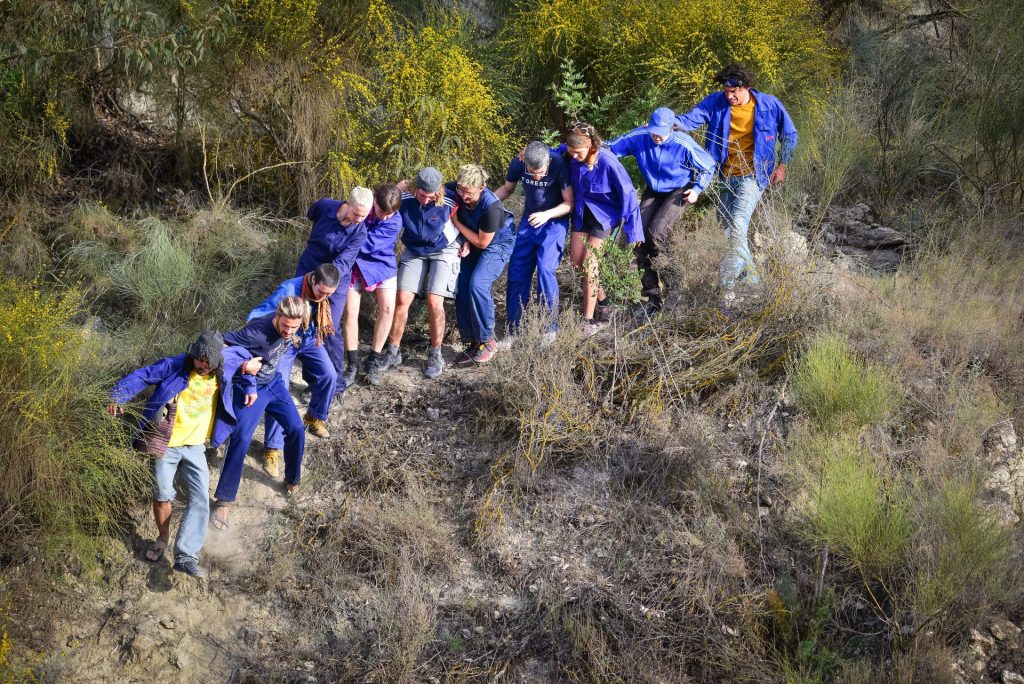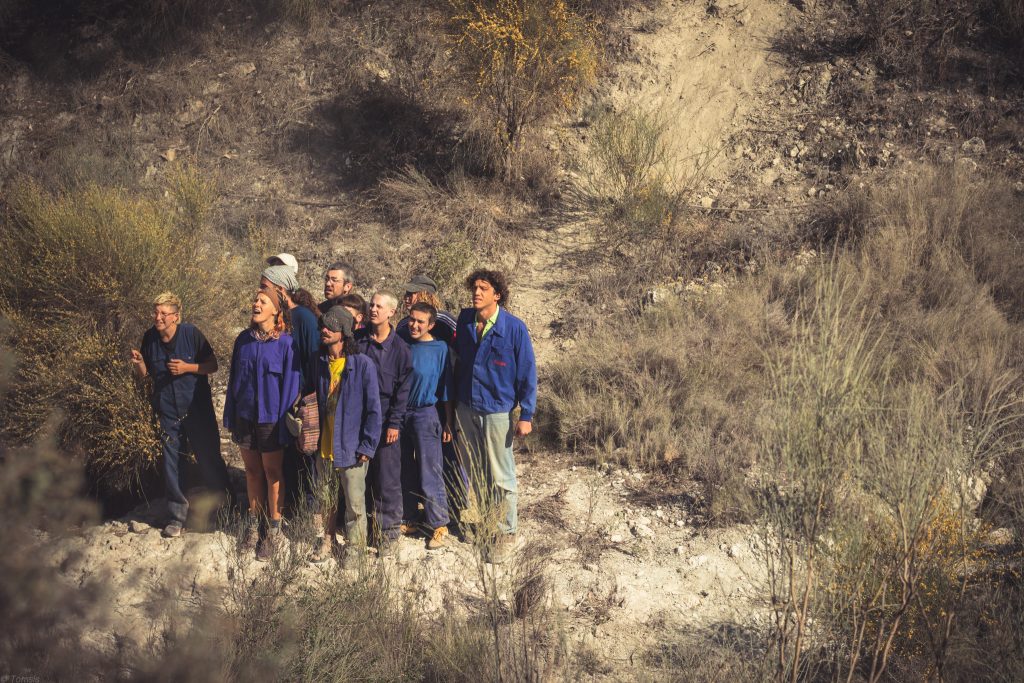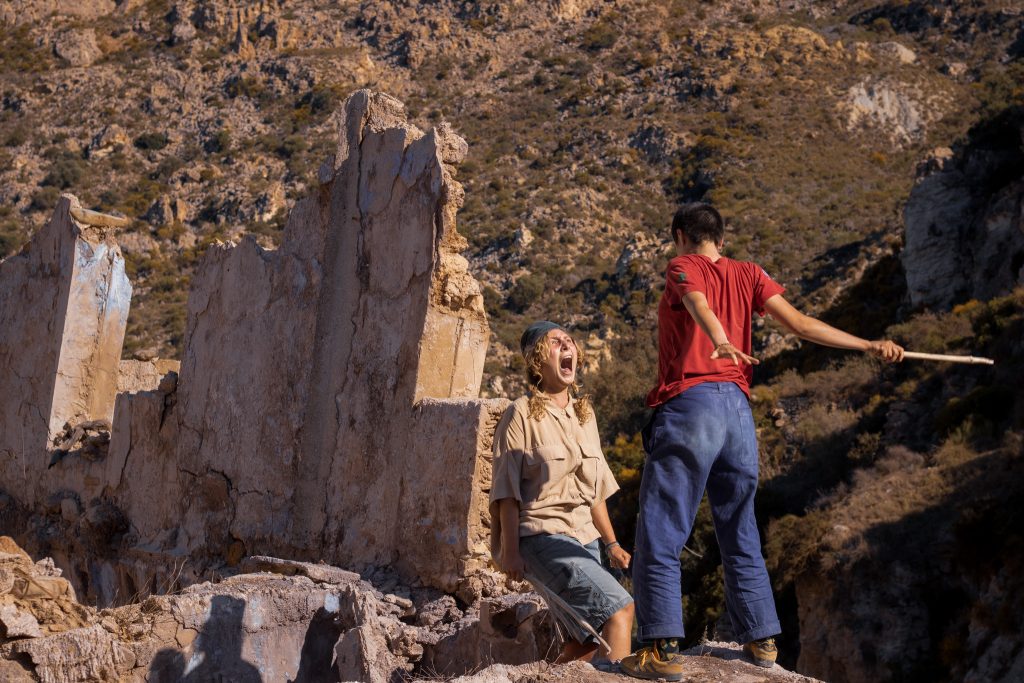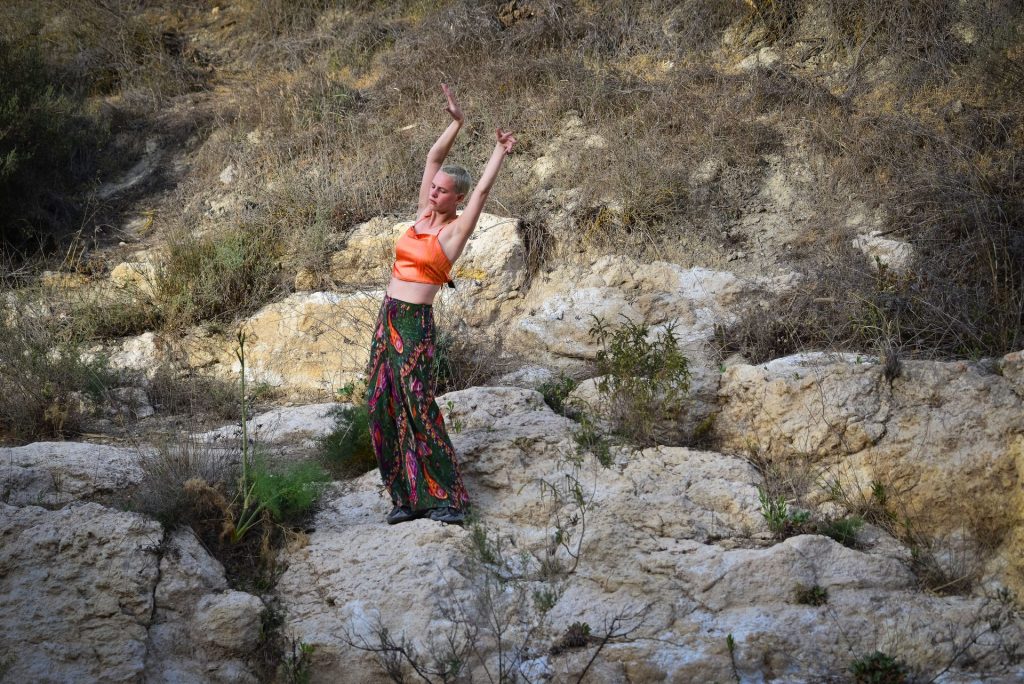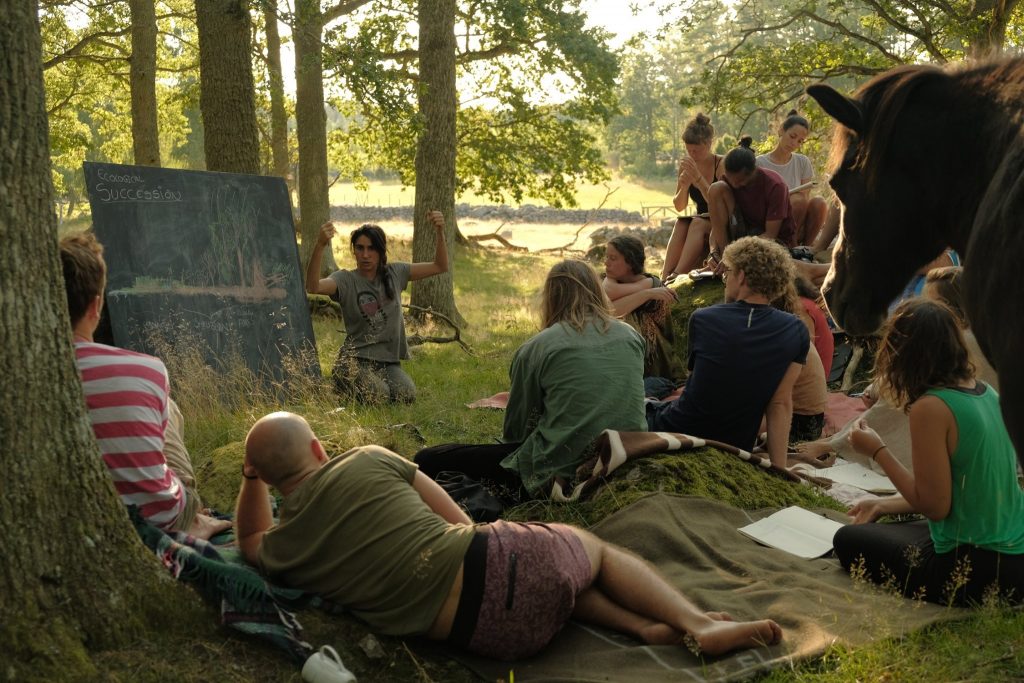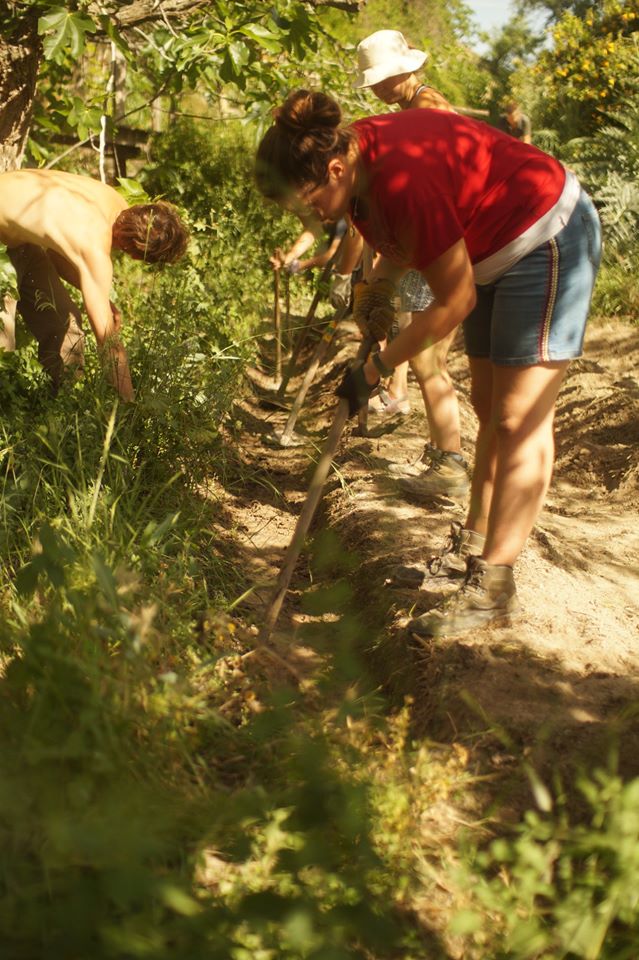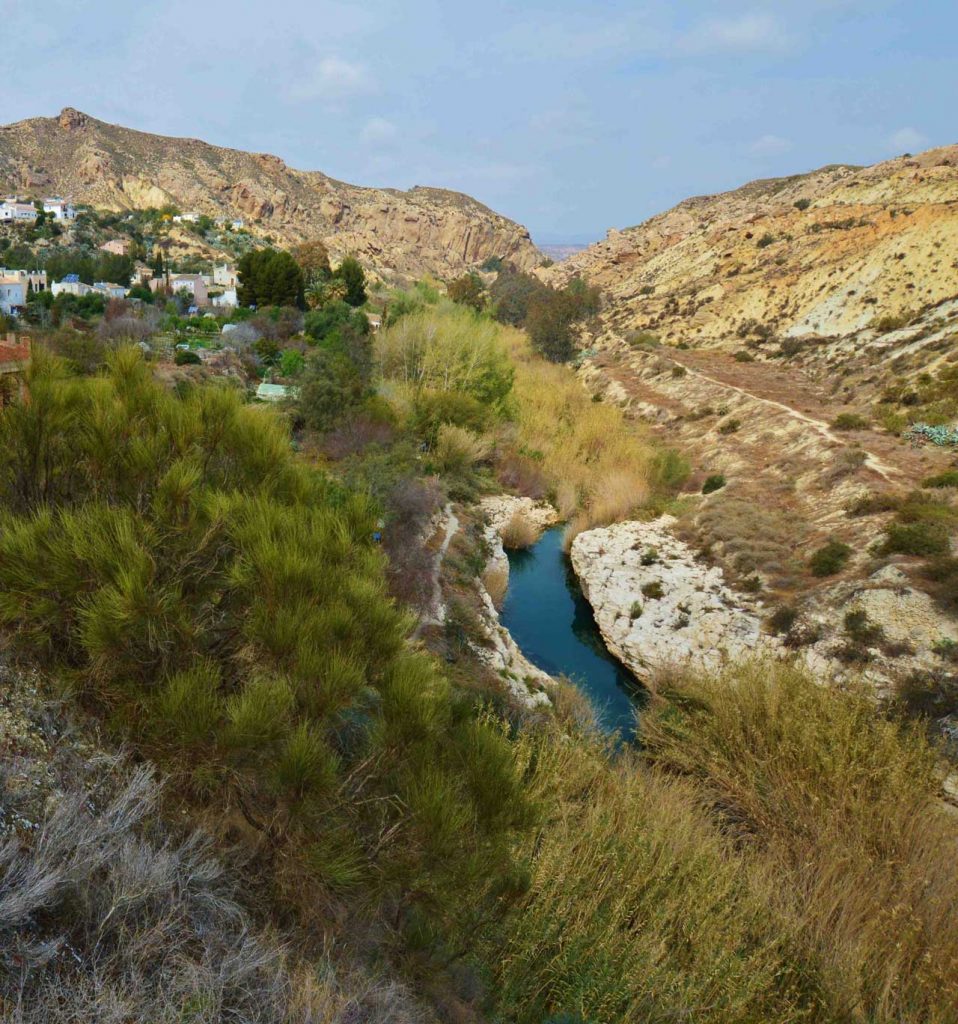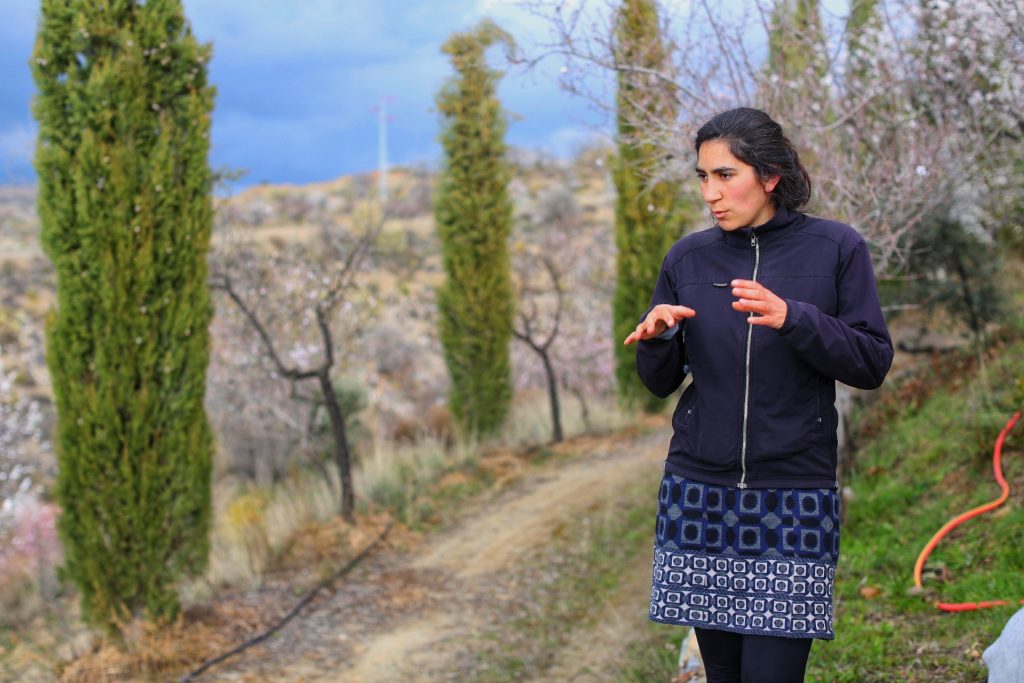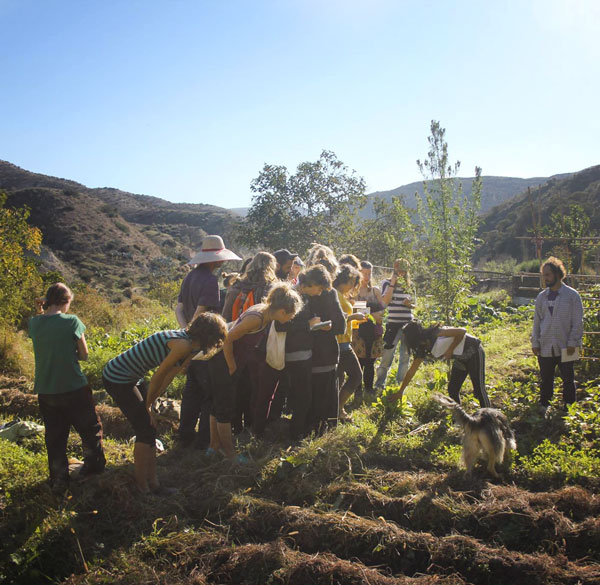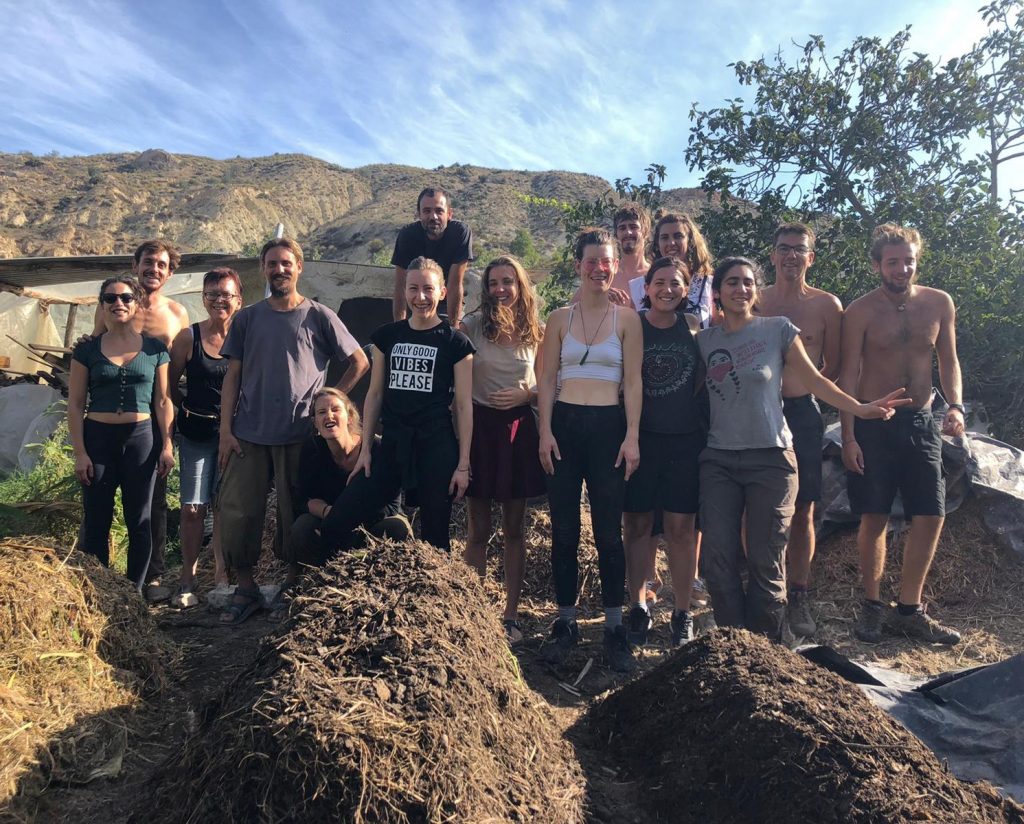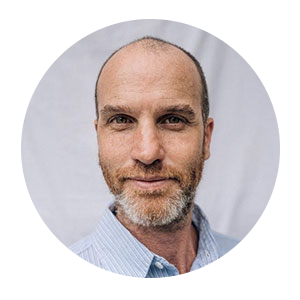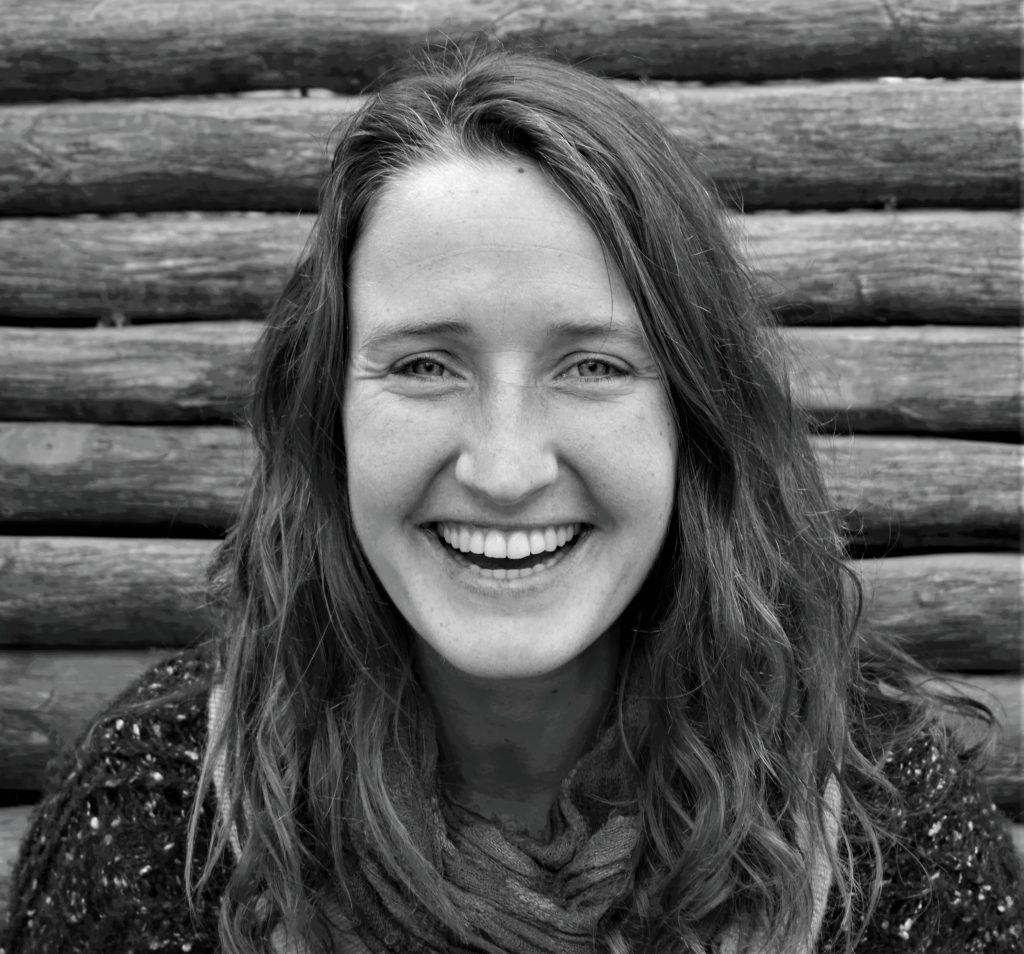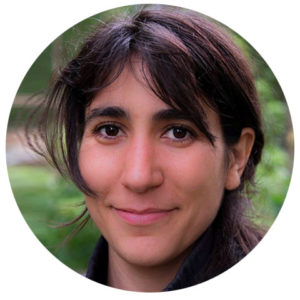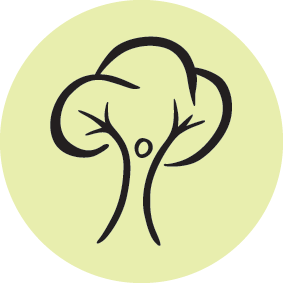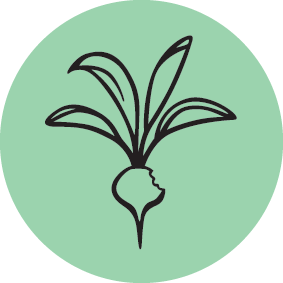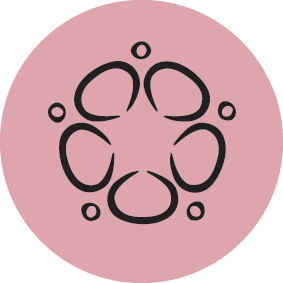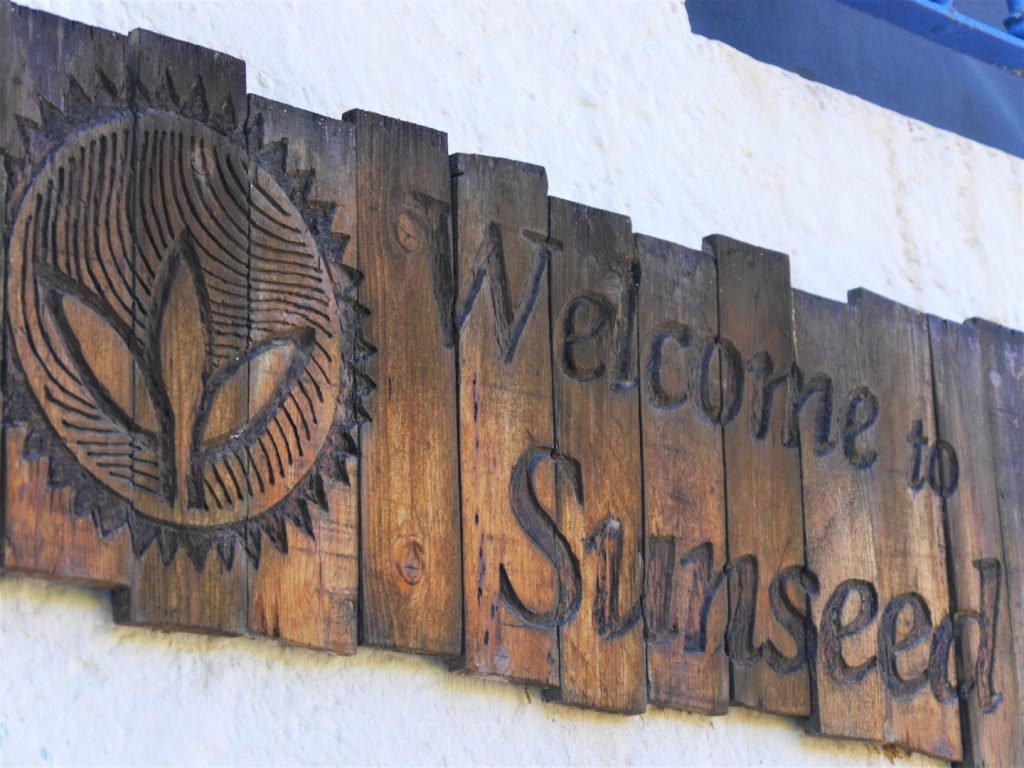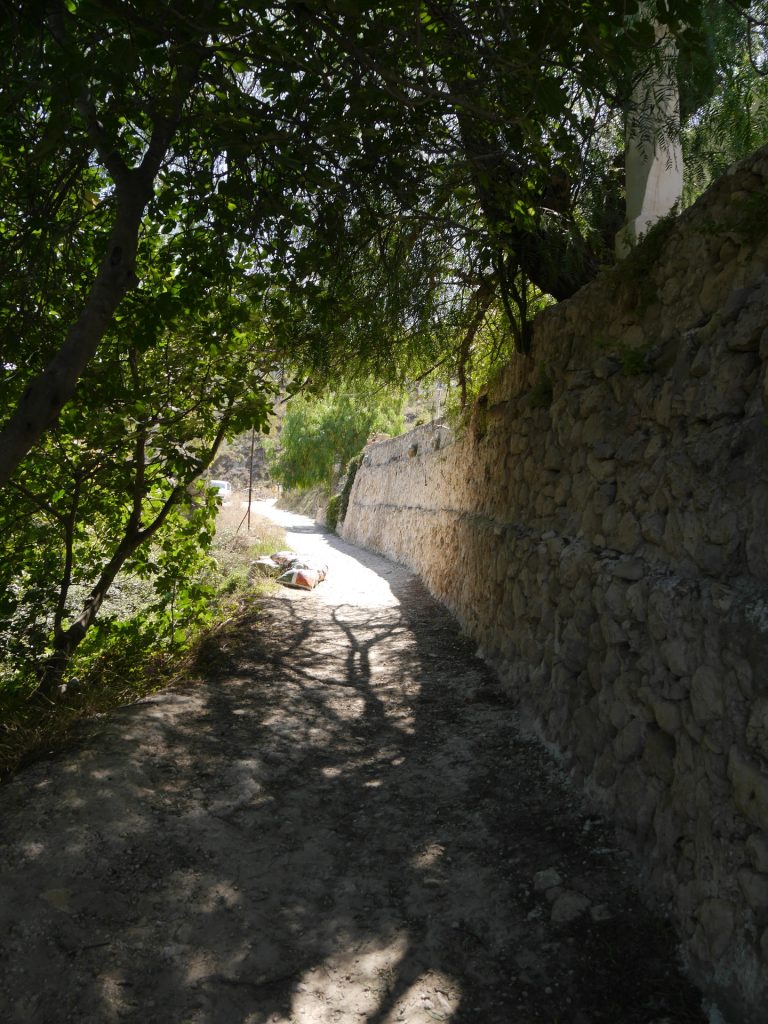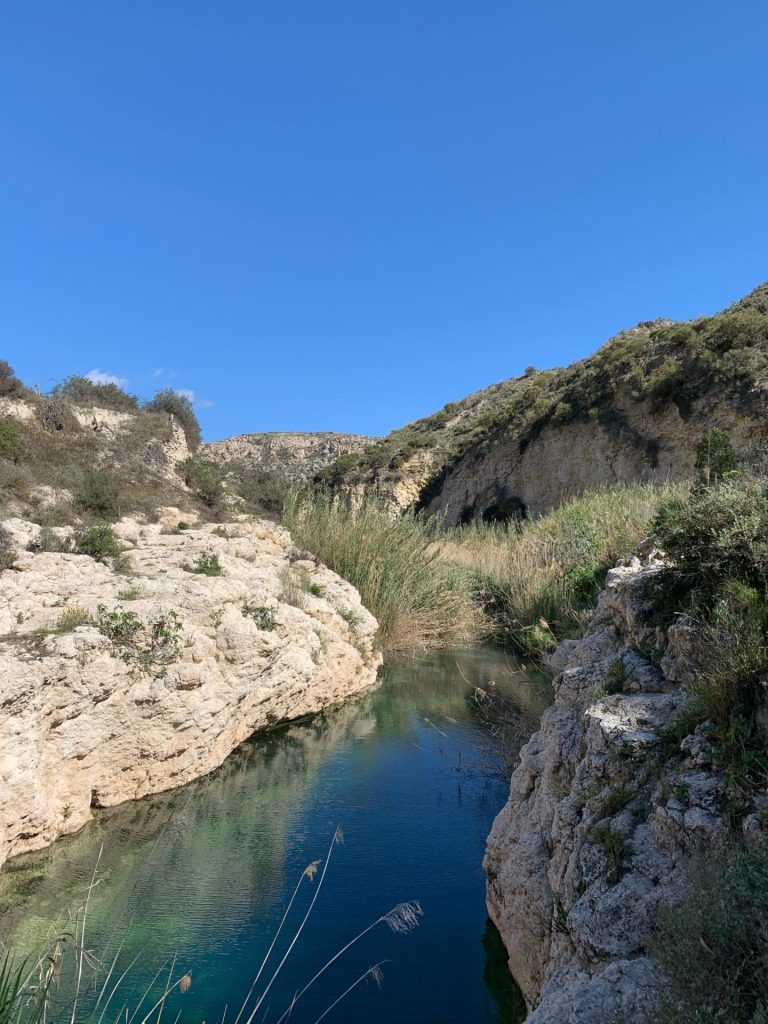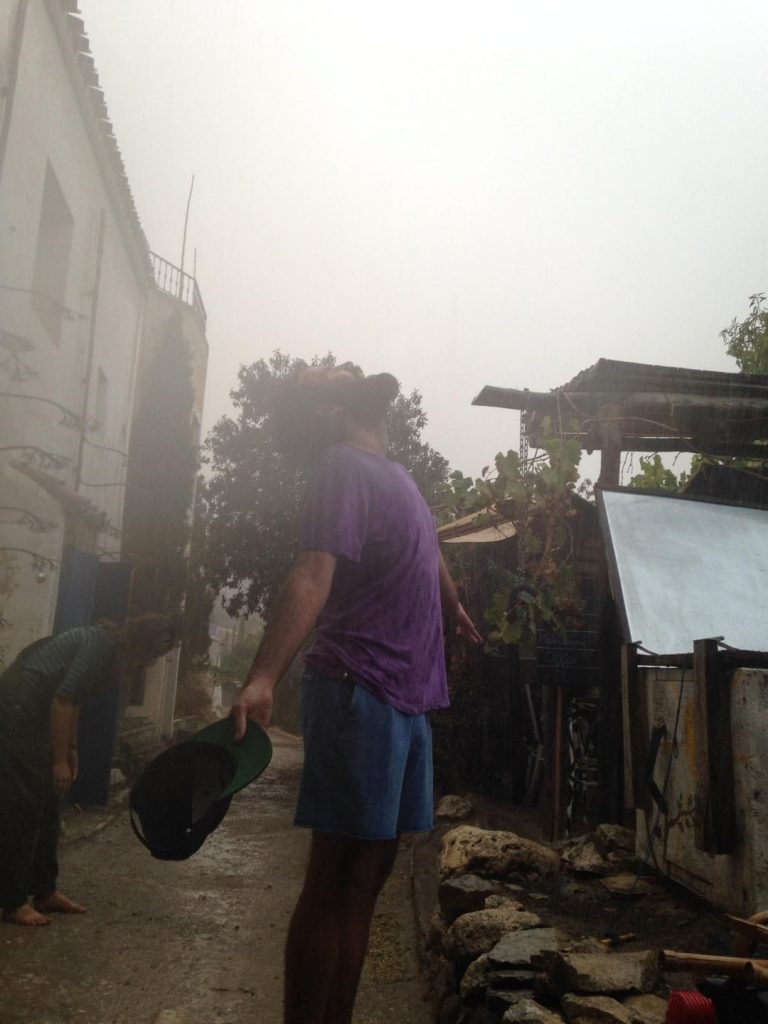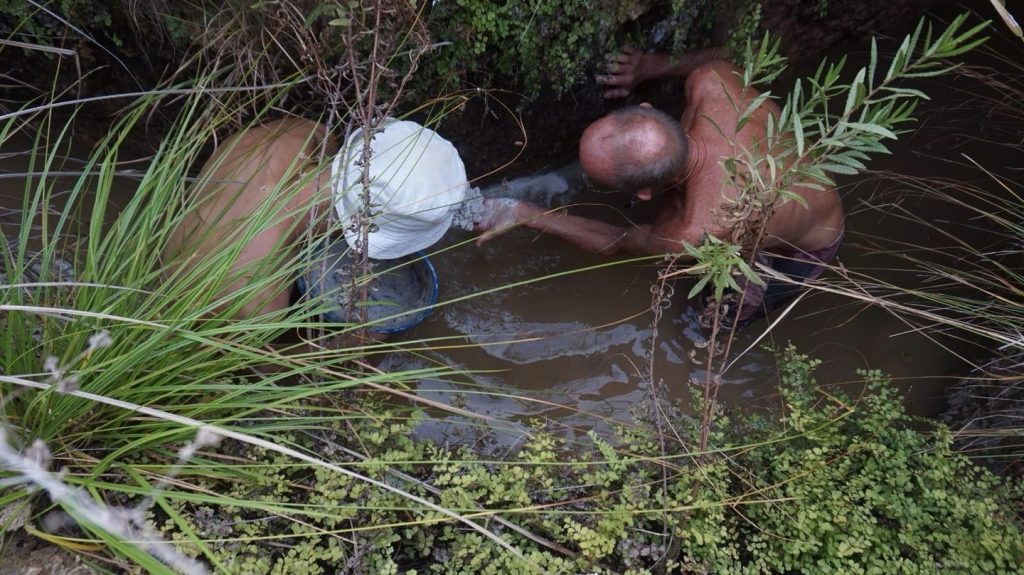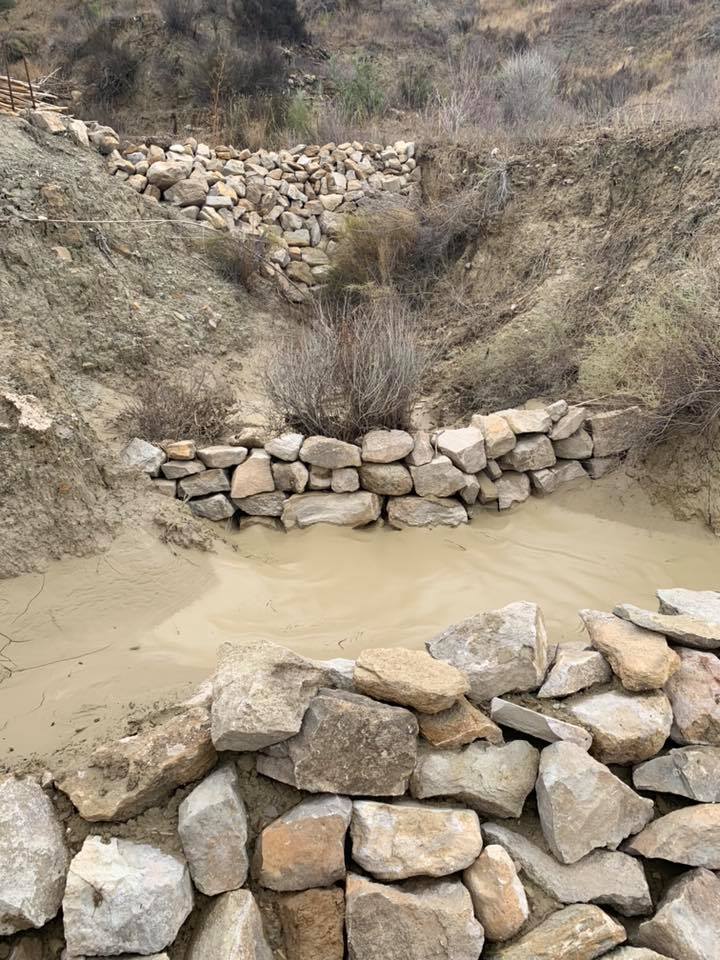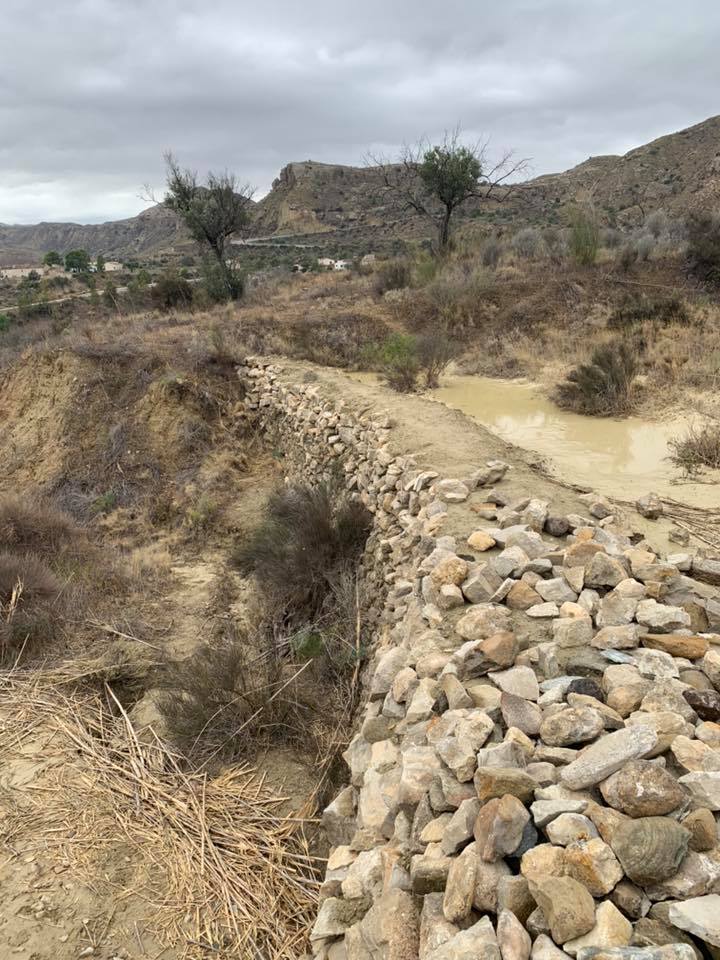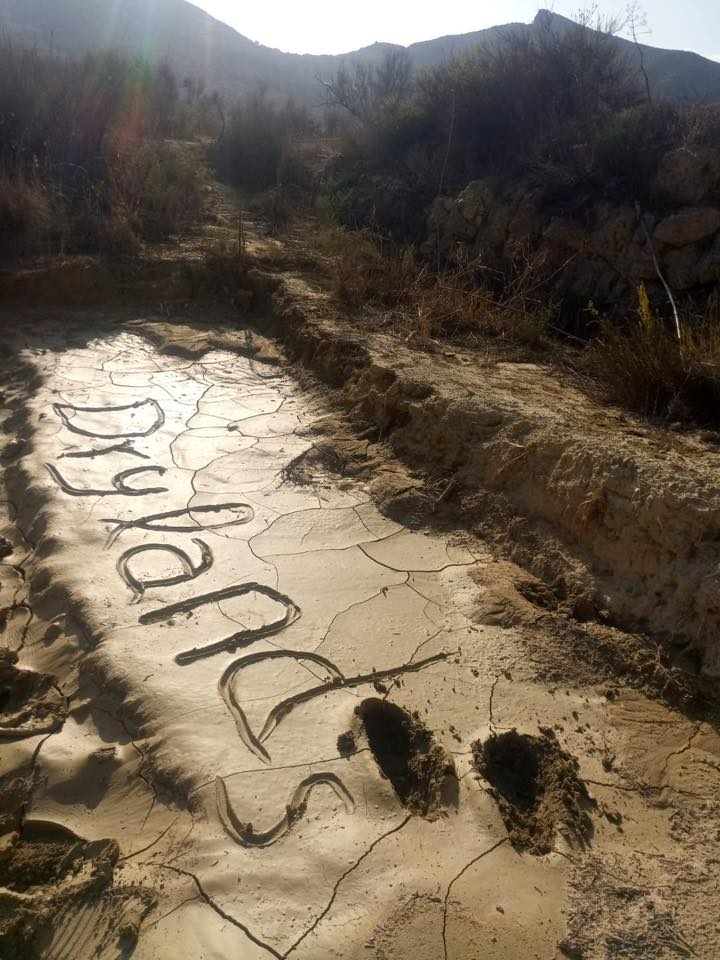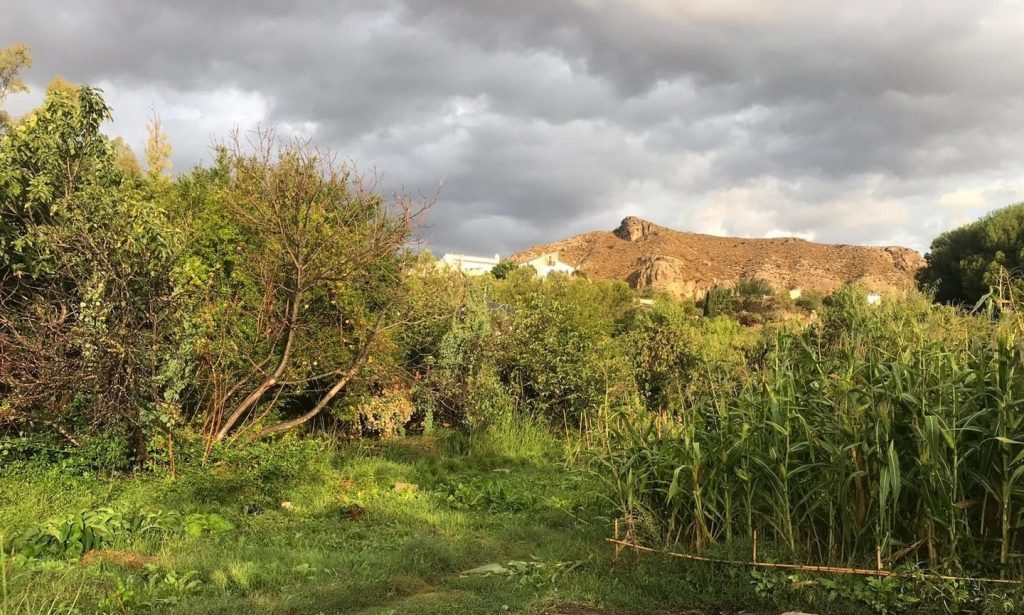Courses and Events
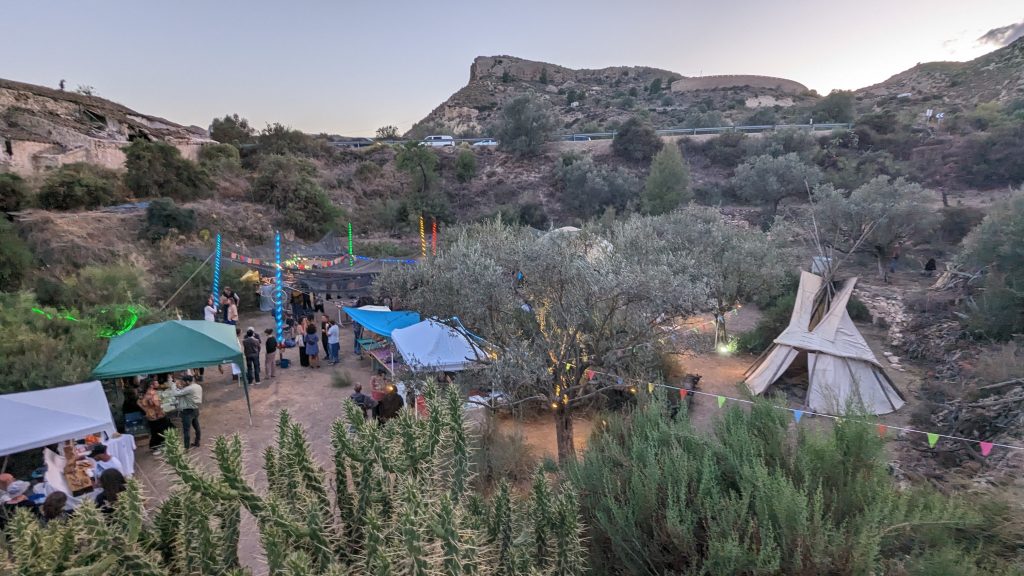
Ha pasado una semana desde el Festival del Agua, un intenso fin de semana lleno de sol, charlas, talleres, juegos y música. El espacio se ha abierto con una charla sobre “Culturas del Agua” en la región de Almería, dando cabida a voces activistas y que nos han hablado del valor del agua para la vida, la historia y la cultura de un territorio.
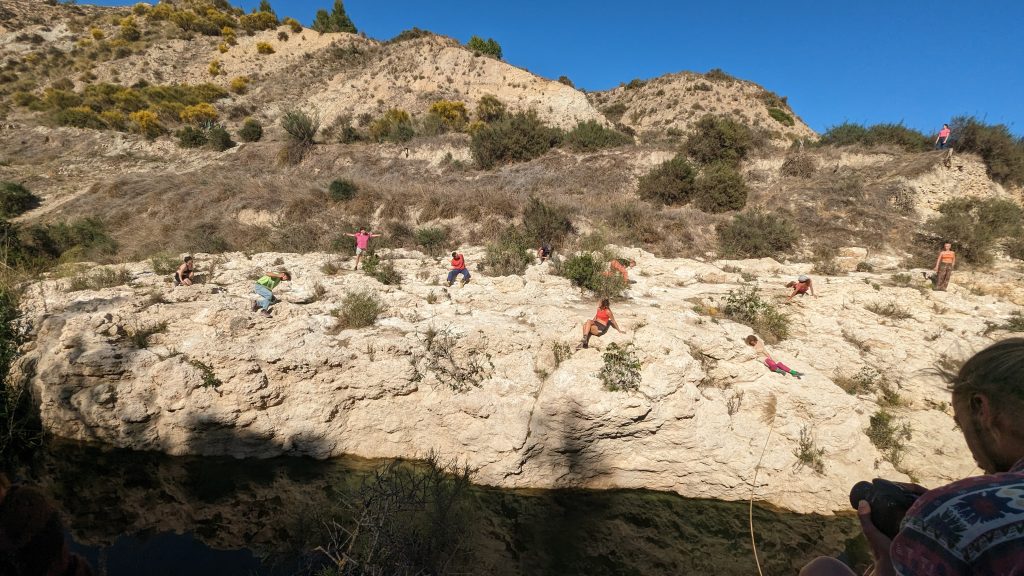
Por la tarde, rutas y talleres de diversa tipología fluyeron por las calles de Los Molinos, con visitas a nuestro proyecto Semilla del Sol y el de nuestros vecinos de la Pita Escuela; la ruta al Nacimiento impartida por el historiador de la zona Andrés Pérez Pérez; y el paseo por las Tierras Áridas con Ágata, Mattia y Rali, nuestro grupo Sunseed que trabaja entre Tierras Áridas y Tecnologías Apropiadas.
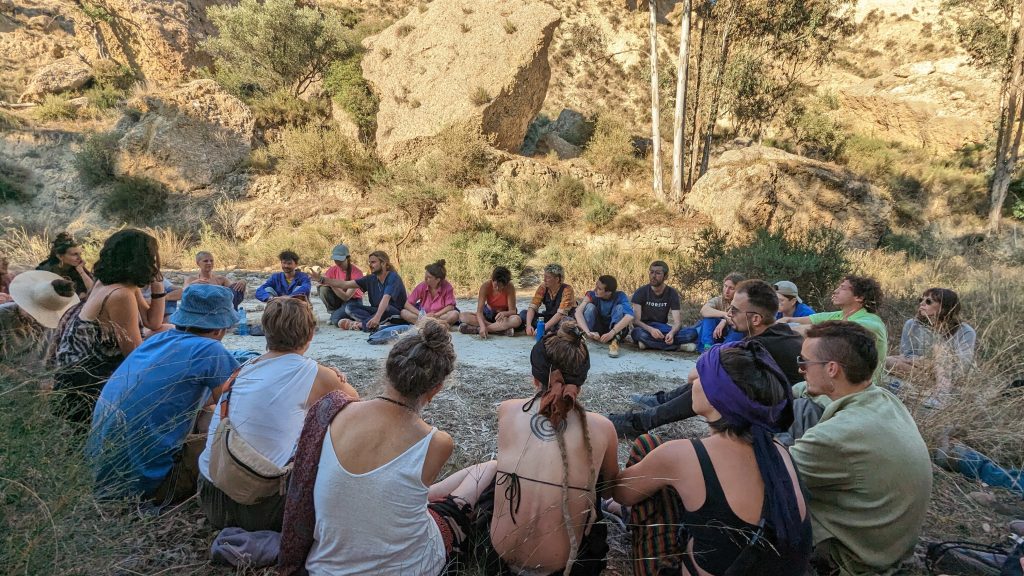
Además, talleres de malabares, actividades para niños, música y conciertos en directo por la noche animaron durante los dos días el espacio del mercado, donde los artesanos de la región se reunieron para vender sus productos y celebrar el Río de Aguas.
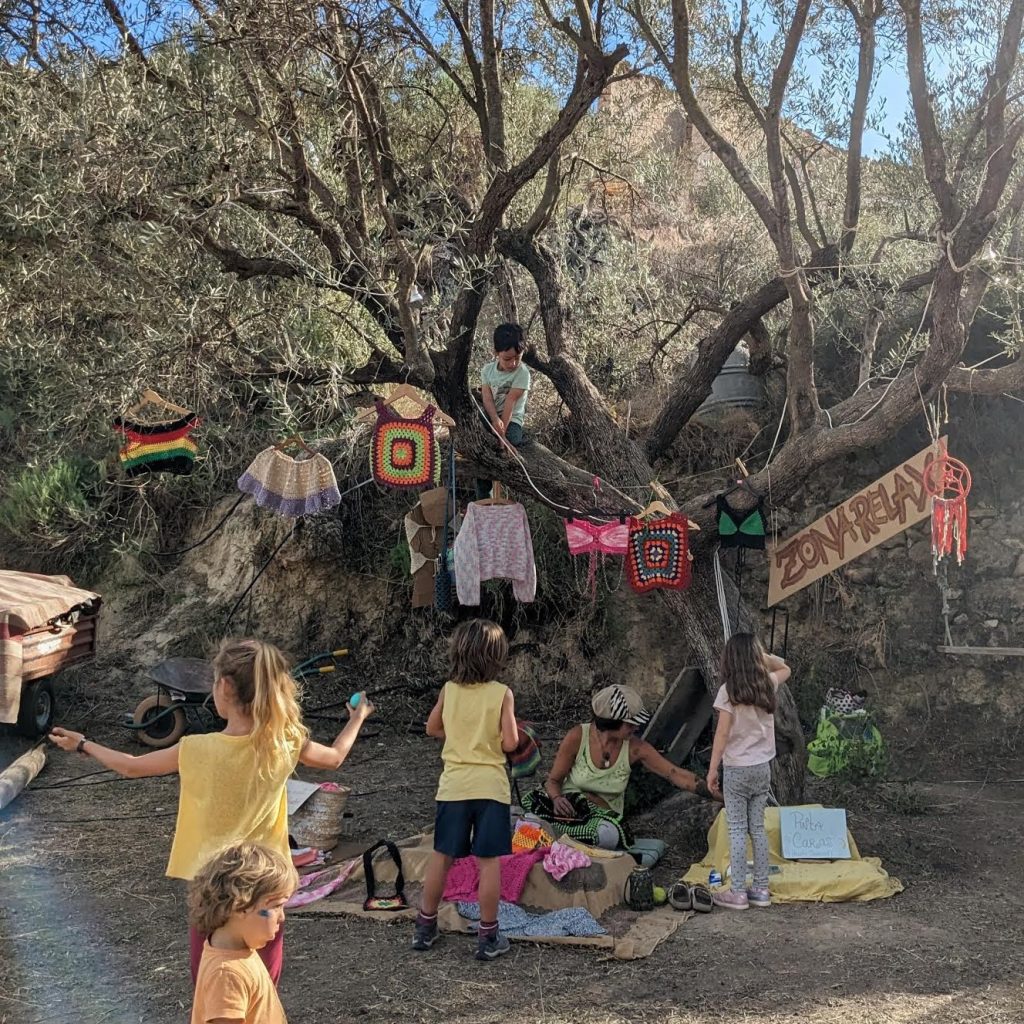
El domingo, tuvimos otro espacio de reflexión y “Diálogos sobre Justicia Ambiental”, donde se recogieron y pusieron en común las reflexiones de activistas de la zona, especialmente de la zona de Lucainena de las Torres, afectada por los megaproyectos de las placas solares, y de El Ejido, una de las grandes zonas de explotación de los invernaderos.
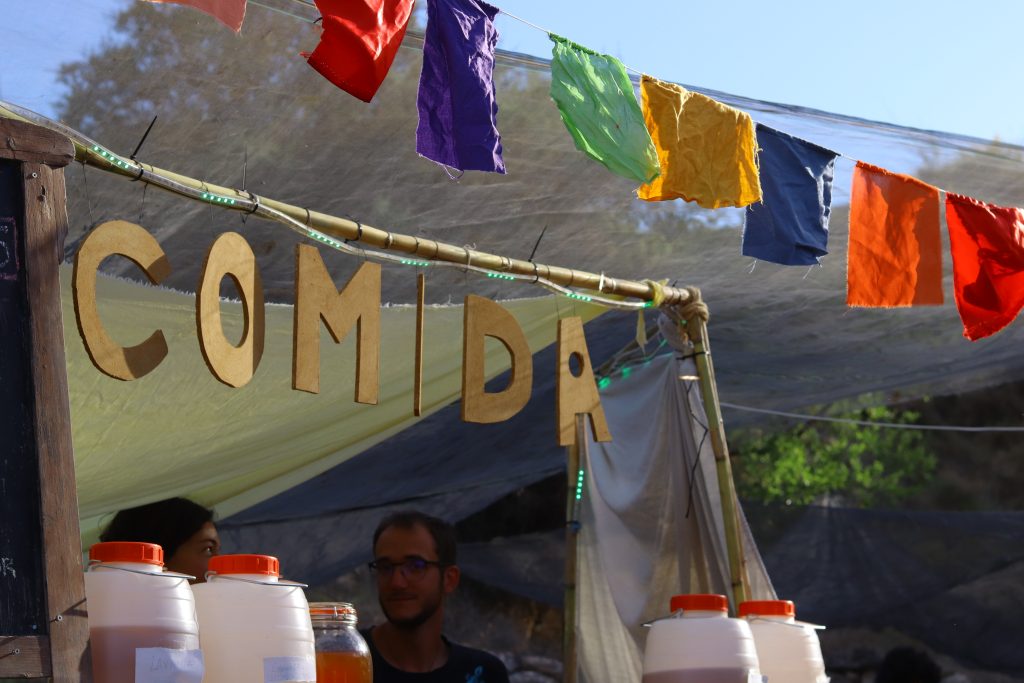
Para finalizar, durante los dos días Sunseed ofreció la performance resultante de la residencia artística Germinar-t creada en colaboración con Alt Shift en la que, a través de un itinerario por el río Aguas, se presentó una pieza sobre las luchas en torno a la legitimidad.
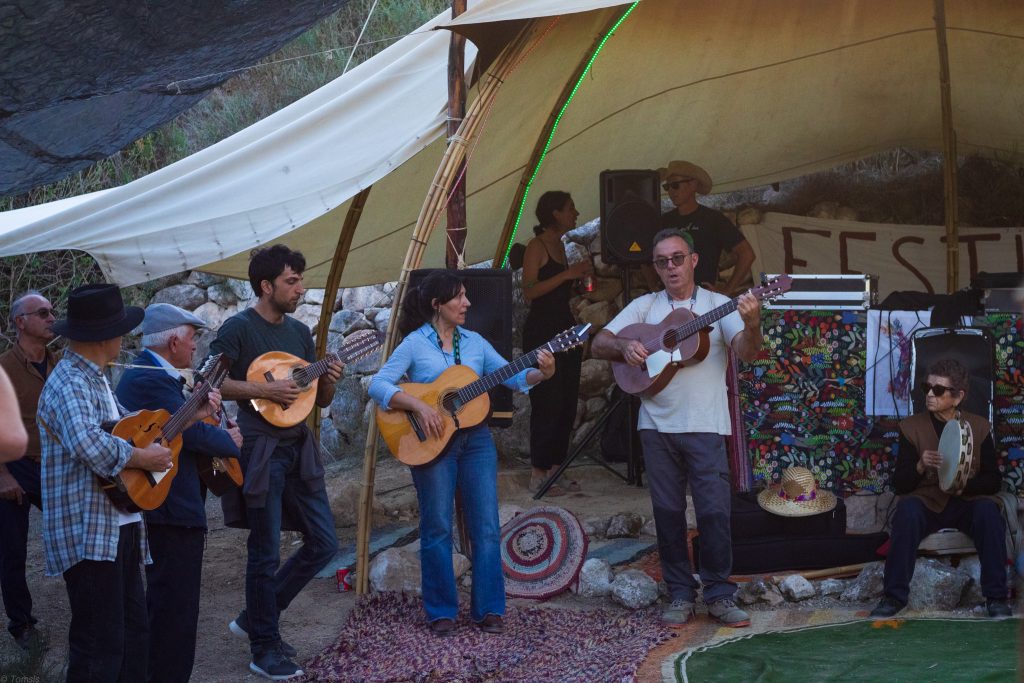
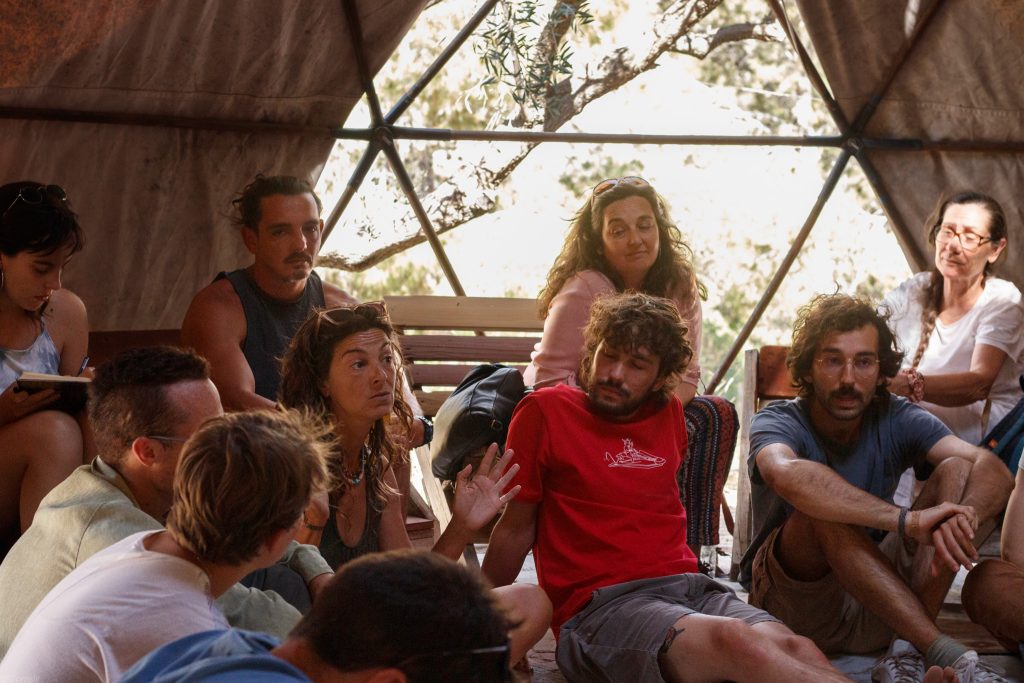
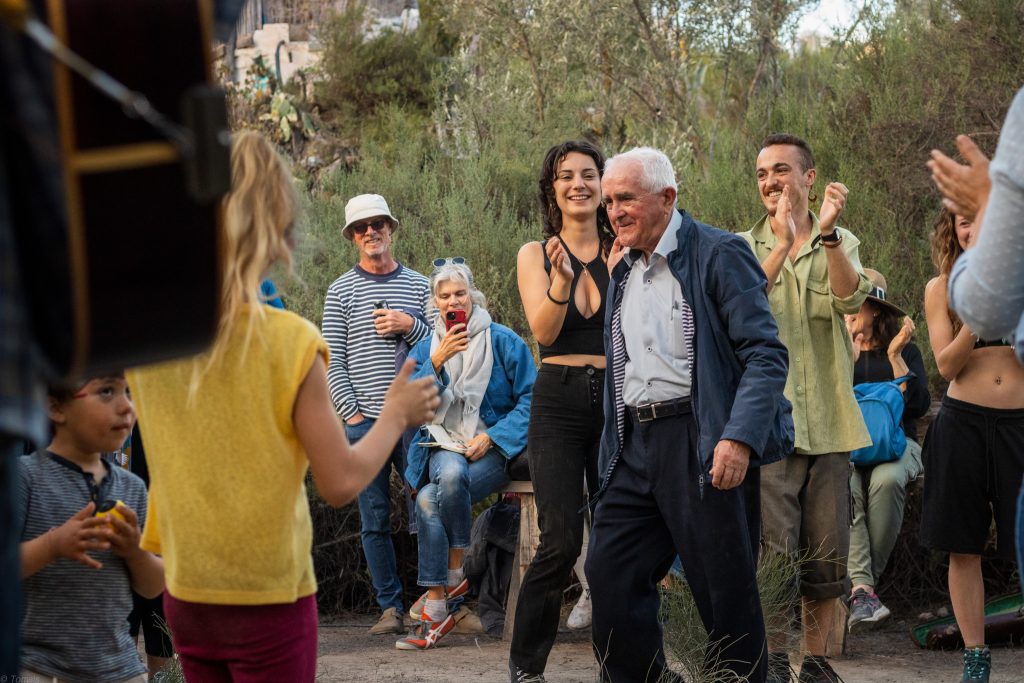
Gracias a EUTeens4Green por cofinanciar este festival.
